Bile Duct Diseases: An Introduction
October 14, 2020
Bile Duct Diseases: An Introduction
Bile ducts are tubes that primarily carry bile from the liver and gallbladder to the…



Recent Comments